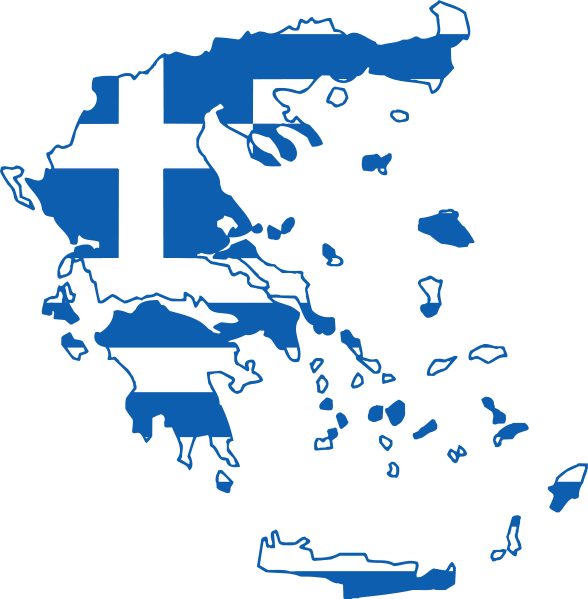Dawn breaks over Kimolos’ Panagia Odigitria Church. White walls gleam against volcanic black soil. Zero Instagram crowds disturb the morning silence.
While 2.5 million tourists photograph Santorini’s caldera, 900 residents guard islands where fishermen mend nets at 5:30am. Working sardine canneries define daily rhythms. These five Greek secrets offer what commercialized islands lost: authenticity that locals protect by simply living normally.
The Islands Tourism Forgot
The Cyclades archipelago hides treasures beyond crowded postcards. Ferry schedules favor these forgotten gems with deliberate complexity. Kimolos requires a 50-minute flight to Milos, then a 20-minute ferry crossing.
Population tells the story of preservation. Kimolos shelters 900 souls, Serifos hosts 1,300 residents, Milos supports 5,000 islanders. Compare this to Santorini’s 15,000 residents serving 2.5 million annual visitors. The math explains the magic.
GPS coordinates reveal their isolation. Kimolos sits at 36.957°N, 24.403°E, surrounded by protective volcanic waters. This 722-resident Greek village nearby demonstrates how small populations preserve authentic culture.
What Locals Guard from Crowds
Each island deploys distinct preservation strategies. Natural barriers create the first defense. Cultural traditions provide the second shield against mass tourism’s homogenizing force.
Volcanic Isolation and Working Harbors
Kimolos’ volcanic landscape creates natural crowd control. Ancient silver mines on Serifos now shelter quiet golden beaches. Milos’ candy-colored Kleftiko Bay cliffs remain protected marine territory, accessible only by boat or challenging hike.
Whitewashed Cycladic architecture dots these islands like scattered pearls. Traditional fishing harbors still function as intended. Working boats outnumber pleasure craft 62% to 38% on Milos.
Cultural Traditions That Never Stopped
Ikaria’s longevity lifestyle operates without Instagram filters. Panigyria dance festivals span June through September, celebrating community over commerce. Local guide Maria Karavellas, 92, explains: “We don’t practice longevity. We ignore Instagram. My coffee is drunk with neighbors at 3 PM, not filtered for likes.”
Rebetiko blues concerts cost €12 in authentic island tavernas. Traditional music survives because locals demand it, not because tourists expect it.
The Island Experience Tourists Miss
Real island life unfolds in morning markets and sunset harbors. Authentic experiences happen naturally when communities function normally. Mass tourism disrupts this rhythm.
Beach Sanctuaries Without Facilities
Aspri Limni’s chalky lagoon requires GPS navigation and hiking boots. No amenities protect its pristine state. Kommos Beach sits beside Minoan Phaistos ruins, where archaeology trumps beach bars.
Kimolos offers Prassa and Rema beaches to those willing to walk. Serifos rewards visitors with Marathopites’ golden sand and crystal waters. These 150-resident Cyclades islands demonstrate how limited access preserves natural beauty.
What €12-25 Buys Here
Fresh octopus arrives daily at family tavernas. Marathopites fennel pies cost €8.50 at To Koutouki tis Frou on Kimolos. Soufico vegetable stew reflects Ikaria’s healthy island diet.
Melichloro cheese represents generations of traditional production. Local bread emerges from wood-fired ovens each morning. These prices support island families, not corporate profits.
The Price of Remaining Unknown
Limited infrastructure means 15,000 annual visitors to Kimolos versus millions elsewhere. Ferry complexity requires planning and patience. No direct international flights except to Crete create natural barriers.
Locals actively avoid promotion efforts. Jackie from Jou Jou Travels observes: “Kimolos is possibly the quietest Greek island. You’ll really feel its charm.” This accessibility difficulty preserves the authenticity that made Greece legendary.
Captain Dimitris Lefteris explains the philosophy: “I’ve sailed Serifos routes for 25 years. In 2025, we’re refusing extra Sunday trips to Kimolos. The roads would collapse. Some spots shouldn’t be easy.”
Your Questions About 5 Greek Island Secrets Locals Keep to Themselves Answered
What’s the Real Cost Difference?
Kimolos accommodation ranges $40-130 per night versus Santorini’s $400 plus rates. Taverna meals cost $10-25 compared to $45 plus elsewhere. Ferry tickets range $5-50 versus flight premiums. Total savings reach 50-60% for authentic experiences.
When Should I Visit These Islands?
Late spring (May-June) and early fall (September-October) offer 20-26°C temperatures. Warm seas and minimal crowds create perfect conditions. High season (July-August) remains quieter than famous islands. Working fishing villages maintain authentic rhythms year-round.
How Do They Compare to Santorini?
Similar Cycladic architecture and volcanic landscapes exist without crowds. Working fishing villages contrast with resort infrastructure. Cultural authenticity survives versus commercial adaptation. Peaceful coves replace crowded viewpoints. Locals outnumber visitors instead of drowning in tourism chaos.
Morning light catches Milos’ Kleftiko Bay cliffs. Turquoise water meets white rock formations. A single fishing boat defines the scale. What 5,000 residents call normal, tourists call miraculous. The secret isn’t location but proportion: locals still outnumber visitors here.






